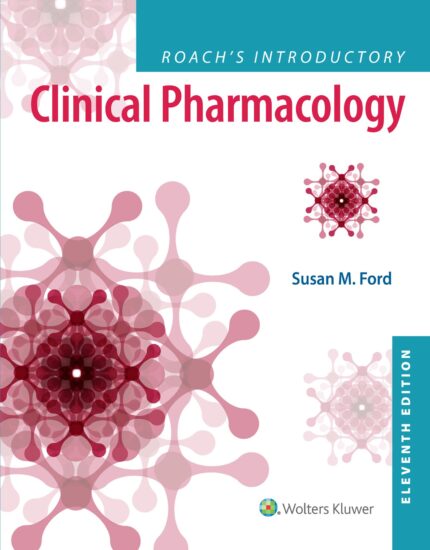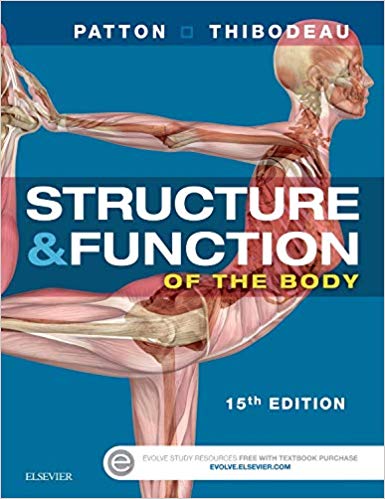Test Bank for Structure & Function of the Body 16th Edition
Test Bank for Structure & Function of the Body 16th Edition
for Structure & Function of the Body 16th Edition – Test Bank
Test Bank for Structure & Function of the Body
Test Bank for Structure & Function
Chapter 01: IntroduSctutvi
MULTIPLE CHOICE
1. The word derived from two-word parts that mean “cutting apart” is
a. physiology
b. homeostasis
c. anatomy
d. dissection
ANS: C DIF: Memorization REF: p. 3
OBJ: 1 TOP: Introduction
2. The study of how the body functions is called
a. physiology
b. homeostasis
c. anatomy
d. dissection
ANS: A DIF: Memorization REF: p. 3
OBJ: 1 TOP: Introduction
3. The correct sequence of the level of organization is
a. cellular, chemical, tissue, organ
b. chemical, cellular, tissue, organ
c. chemical, cellular, organ, tissue
d. chemical, tissue, cellular, organ
ANS: B DIF: Memorization REF: p. 5
OBJ: 3 TOP: Structural levels of the organization
4. The smallest living unit of structure is considered to be at the
a. chemical level
b. cellular level
c. organ level
d. tissue level
ANS: B DIF: Memorization REF: p. 6
OBJ: 3 TOP: Structural levels of the organization
5. The reference position for all body directional terms is the
a. anatomical position
b. prone position
c. supine position
d. sitting position
ANS: A DIF: Memorization REF: pp. 6-7
OBJ: 4 TOP: Anatomical position
6. The relationship between the knee and the ankle can be described as
a. the knee is inferior to the ankle
b. the knee is distal to the ankle
c. the knee is proximal to the ankle
d. both a and b above
ANS: C DIF: Application REF: pp. 7-8 OBJ: 5
TOP: Anatomical directions
7. The relationship between the heart and the lungs can be described as
a. the heart is distal to the lungs
b. the heart is medial to the lungs
c. the heart is lateral to the lungs
d. both a and c above
ANS: B DIF: Application REF: p. 7 OBJ: 5
TOP: Anatomical directions
8. The term most opposite proximal is
a. medial
b. superior
c. anterior
d. distal
ANS: D DIF: Memorization REF: p. 7
OBJ: 5 TOP: Anatomical directions
9. Because humans walk in an upright position, the two terms that can be used interchangeably
are
a. posterior and ventral
b. posterior and inferior
c. posterior and superficial
d. posterior and dorsal
ANS: D DIF: Memorization REF: p. 7
OBJ: 5 TOP: Anatomical directions
10. The term most opposite medial is
a. dorsal
b. lateral
c. superficial
d. none of the above
ANS: B DIF: Memorization REF: p. 7
OBJ: 5 TOP: Anatomical directions
11. The relationship between the skin and the muscles can be described as
a. the skin is superficial to the muscle
b. the muscle is superficial to the skin
c. the muscle is deep to the skin
d. both a and c above
ANS: D DIF: Memorization REF: p. 7
OBJ: 3 TOP: Anatomical directions








